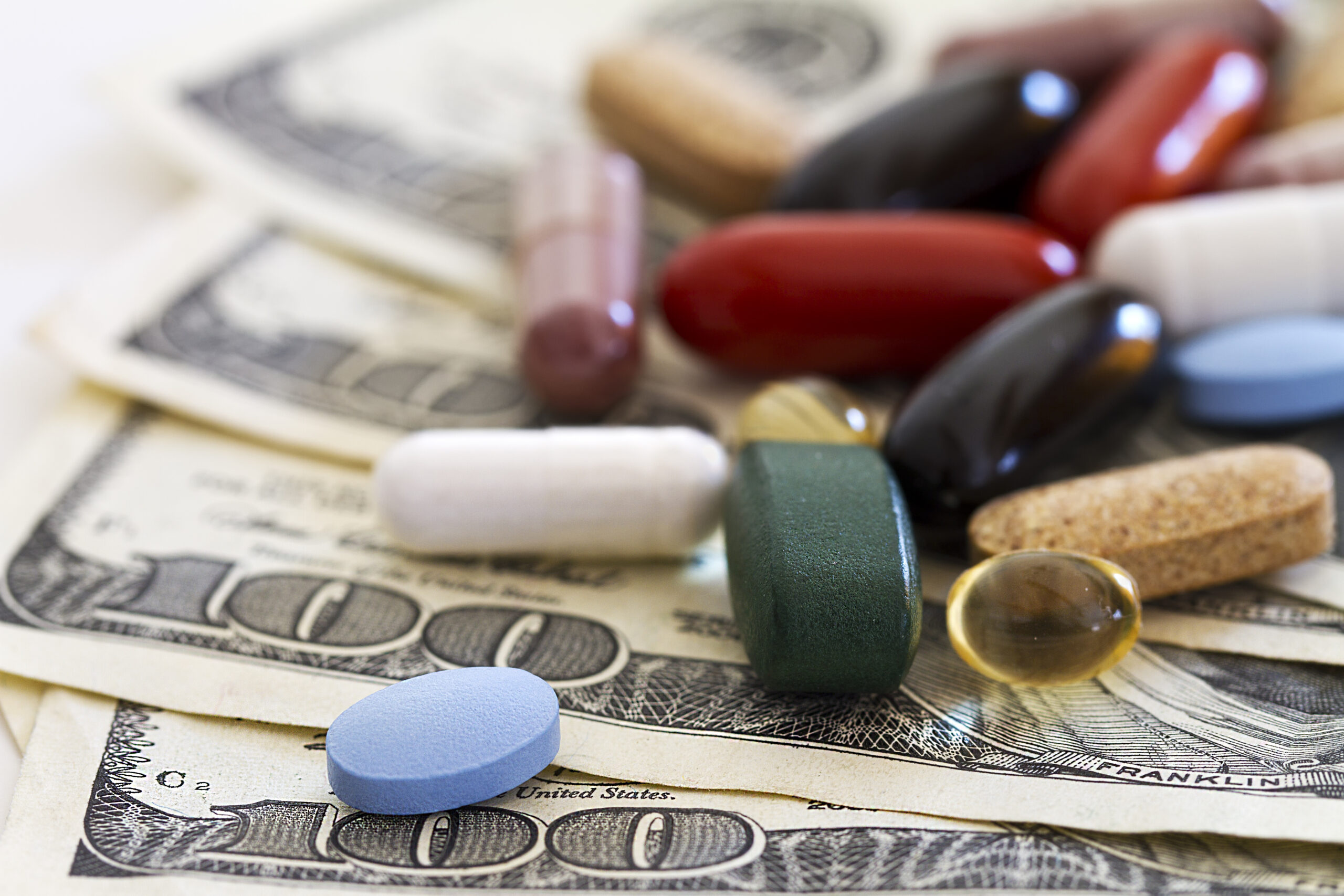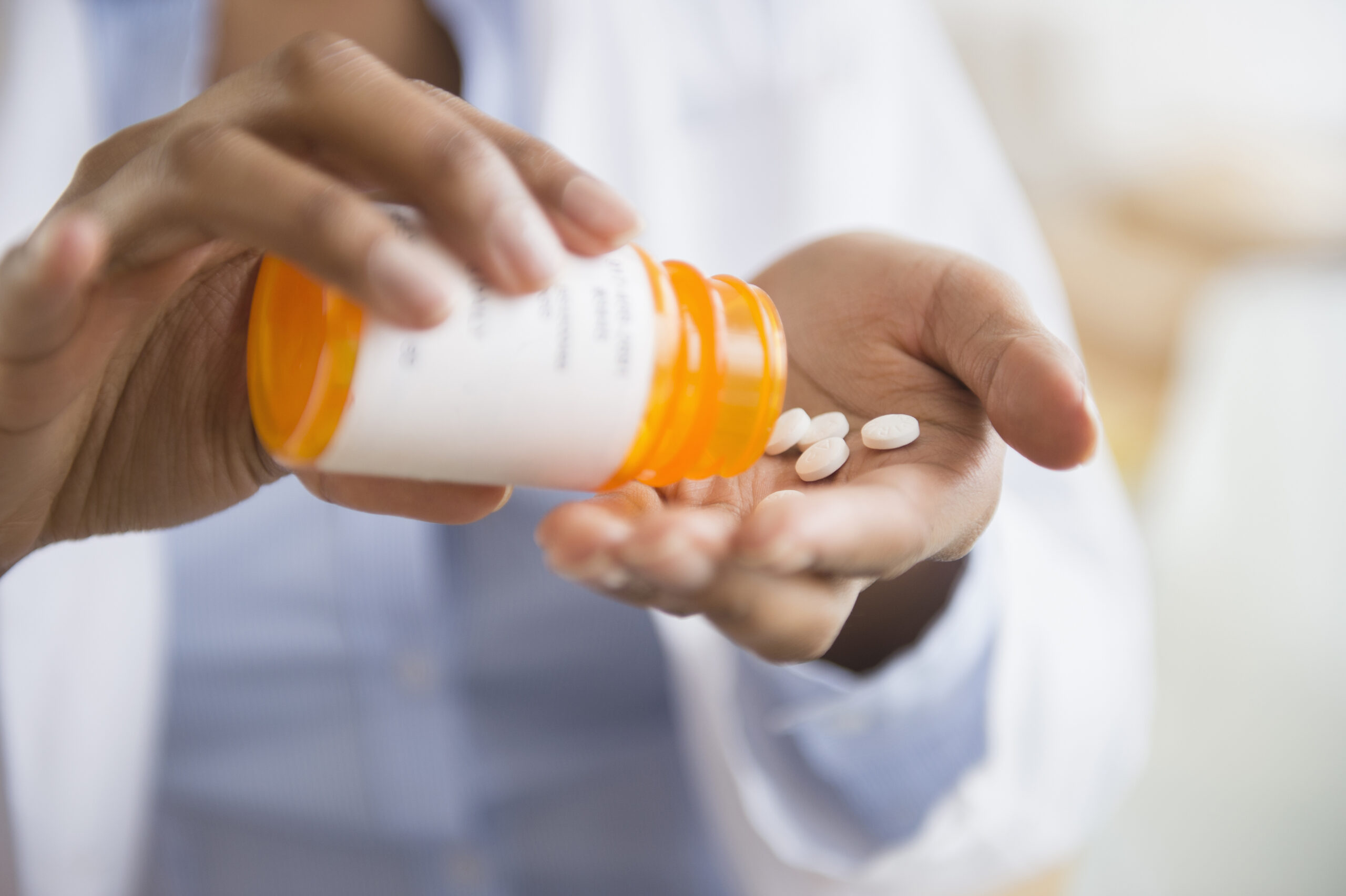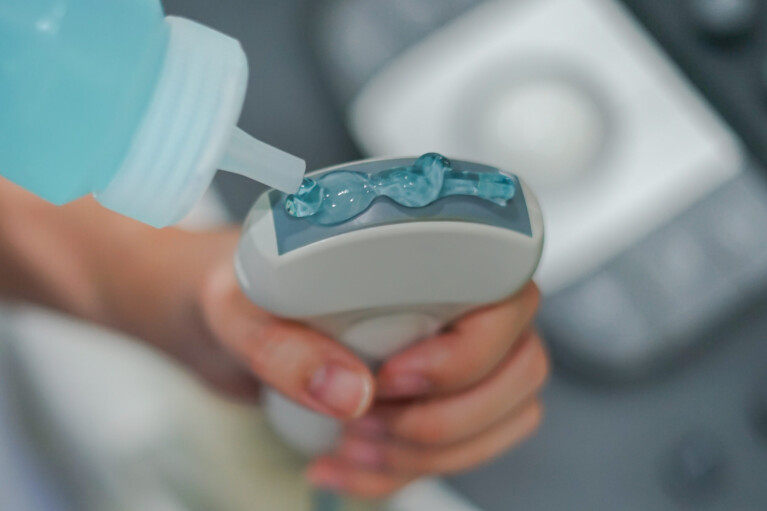Name-brand insulin, arthritis medication costs increased 700% over two decades, report finds

Medications to treat diabetes and arthritis, common conditions for older people on Medicare, have seen major list price increases over the past 20 or so years, according to a new report from AARP, a nationwide nonprofit organization focused on the well-being of Americans aged 50 year or older.
According to the AARP, the costs of brand-name drug prices have been increasing faster than the rate of inflation for decades. Meanwhile, drug companies rely on price increases to grow revenue.
“The pricing behavior can be particularly challenging for Medicare Part D enrollees, who take an average of four or five prescription drugs every month and often face cost sharing that is directly affected by drug price increases,” according to a report from the AARP Public Policy Institute analyzing the change in list prices of drugs with the highest total Medicare Part D spending in 2021.
Medicare enrollees can sign up for Part D to help cover the costs of prescription drugs. But drug price increases are a “major factor” that drives Medicare Part D spending growth, and drug companies rely on drug price increases to grow their revenue, the report says.
“This analysis is based on the 25 brand-name drugs with the highest total Medicare Part D spending in 2021… Overall, these top 25 drugs were responsible for $80.9 billion in total Medicare Part D spending in 2021 and were used by a total of more than 10 million Part D enrollees.”
“Higher government spending driven by drug price increases will affect all Americans in the form of higher taxes, cuts to public programs, or both,” the report states. “Equally important, increased drug costs—if left unchecked—will prompt more older Americans to stop taking necessary medications, thus leading to poorer health outcomes and higher health care costs in the future.”
Cost increases have been be significant for certain name-brand drugs that help with diabetes and arthritis, as well as other diseases that may show up as one gets older.
For example, Enbrel, a brand-name prescription for rheumatoid arthritis and similar conditions, has increased in price by 701% since it entered the market in 1998. Meanwhile, the lifetime general inflation rate, which is based off of the Consumer Price Index, only increased 85% within that time period.
Humira, another arthritis medication, has increased in price by 562% since it entered the market in 2002, while the corresponding rate of inflation was only 66%.
However, the highest percent change calculated by the AARP report was for Lantus, a long-acting synthetic insulin, which has increased by 739% since hitting the market in 2000.
The price of NovoLog, a fast-acting insulin, has increased by 628% since 2000 as well. Meanwhile, the rate of inflation since 2000 is up just 71% by comparison.
Other name brands aiming to treat cancers, blood clots and high blood sugar have also seen list price increases that are higher than the comparable rate of inflation.
AARP argues that looking at each individual price increase is important, but that looking at the average rate of overall increases over the years helps gauge the financial impact of cost increases on the economy and on individual patients.
The report notes that the price of the top 25 name-brand drugs analyzed in the report have increased an average of 226% since they first entered the market.
The price change of medication can increase the longer a drug stays on the market, according to the report.
The AARP’s analysis of the top 25 products show that drugs tend to increase in price an average of 135% if they’ve been on the market for 12 to 15 years. For medications that have been on the market for less than 12 years, the prices increase an average of 58%.
Compare that to medications that have been on the market for more than 20 years, which have increased an average of almost 600%.
The Inflation Reduction Act includes efforts to try to control the increasing costs of prescription drugs, including one provision that will require drug companies to pay a rebate back to Medicare if their drug prices increase faster than inflation, according to the AARP report.
“The existence of such penalties should discourage drug companies from engaging in this type of lifetime pricing behavior in the future,” AARP claims in the report. “It will also become increasingly important as more expensive prescription drugs enter the market. The median price of a new brand name prescription drug is now approximately $200,000 per year, meaning even a nominal price change could increase a drug’s price by thousands of dollars.
The Maryland Prescription Drug Affordability Board is tasked with analyzing the prices of medications and determine if there are ways to bring down costs. The board recently set regulations that will guide the evaluation process to determine which drugs are eligible for potential price reduction methods.
Part of the evaluation process will consider drugs under Medicare and how the Inflation Reduction Act impacts drug prices, among many other considerations.
According to a 2020 Maryland fact sheet from the federal Centers for Medicare & Medicaid Services, there were 1,056,436 people enrolled in Medicare at that time.




 Creative Commons Attribution
Creative Commons Attribution